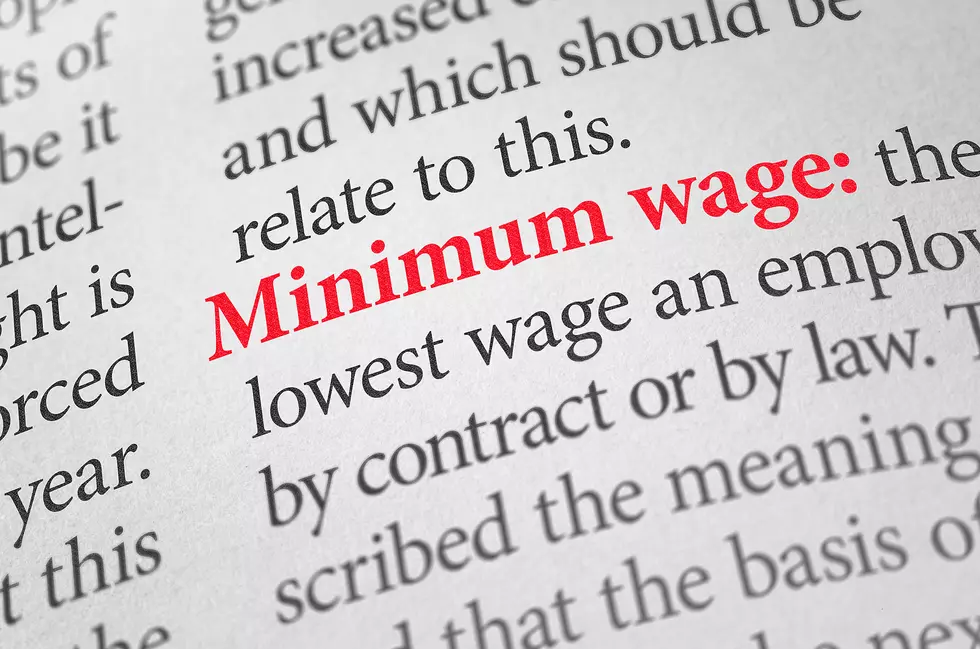
POLL: What’s More Dangerous; Idaho Wind or Idaho Snow?
I honestly don't have a great answer for this. According to some studies, Idaho has been in the top 5 for most dangerous conditions driving in snow. However, I spoke with some truck drivers and people who spend a lot of time on the road, they said they would rather drive in snow than wind.
One semi truck driver told me that once the winds get over about 30 miles per hour the conditions get bad enough he gets nervous. He told me that he would rather drive in a white out than 50 mile per hour winds and honestly I don't blame him. Driving high profile vehicles in the wind has to be unnerving. But as an every day driver I am not sure which one I would prefer to drive in. My car blowing all over the road and things flying across the road is scary.
I was at a stop sign and I could physically feel my car shaking. You can see the stop light poles swaying and you would not get me caught dead on the bridge right now. The wind has toppled vehicles over before.
However, the snow is slick and it makes it hard to see. Not being able to stop on icy roads is horrifying and you feel completely helpless. It isn't a good position to be in either. Maybe it is the desert girl in me but snow makes me nervous.

I think both the wind and the snow just suck. I think that is something we can all agree on.
LOOK: The most expensive weather and climate disasters in recent decades
KEEP READING: Get answers to 51 of the most frequently asked weather questions...
More From 95.7 KEZJ









